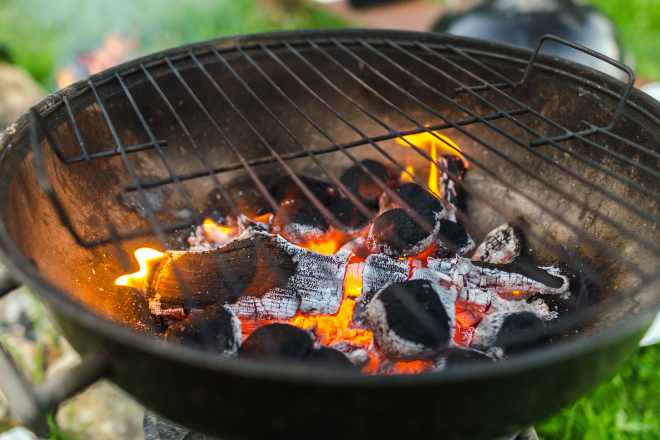Gas Grills: Practical Guide to Use, Maintenance, and Safety
Gas grills are a common choice for people who want consistent heat, quick startup, and lower smoke than charcoal. Whether you’re equipping a backyard patio or packing compact gear for trips, understanding how gas grills work, how they compare to other cooking equipment, and how to manage smoke and fire increases safety and the quality of your results.

Is a gas grill good cooking equipment?
Gas grills function as reliable cooking equipment for a wide range of meals, from seared steaks to roasted vegetables. They provide consistent, controllable heat delivered through burners and heat plates, which makes temperature management easier than many open-fire methods. Accessories such as griddles, rotisseries, and smoker boxes can expand what you cook, while stainless steel and cast-iron grates affect heat retention and searing. For someone prioritizing convenience and repeatability, gas grills sit well within a balanced cooking equipment setup.
How do gas grills fit into outdoor cooking?
For outdoor cooking, gas grills offer a fast option: ignition is immediate and burners warm up quickly, which shortens prep time compared with charcoal or wood. They work well for routine family meals, small gatherings, and backyard events because flame control helps maintain even cooking across multiple pans or racks. Gas grills typically produce less ash and require simpler cleanup than charcoal setups, making them practical for people who want the outdoor cooking experience without a heavy maintenance burden.
Can gas grills work with camping gear?
Compact, portable gas grills exist that are designed to pair with camping gear, though they differ from backpacking stoves in size and fuel use. Propane canisters for portable grills are common and convenient for car camping, RV trips, or short stays where a stable grill platform is available. When integrating a gas grill with other camping gear, prioritize flat, non-flammable surfaces, wind protection for steady burners, and proper storage of fuel canisters. For remote or wilderness camping where Leave No Trace rules apply, consider whether a gas grill is appropriate or if lightweight backpacking stoves are better.
How does smoke affect flavor on a gas grill?
Gas grills generally produce less smoke than charcoal or wood, which changes the flavor profile of food. The cleaner combustion of propane or natural gas yields fewer smoke compounds, so foods cooked solely over gas often taste “fresher” and less smoky. To introduce smoke flavor, cooks commonly use soaked wood chips in a smoker box or foil pouch placed over a burner, or add smoked salts and marinades. Keep in mind that excessive smoke buildup, due to grease fires or blocked vents, can impart off flavors and indicate a maintenance issue that should be addressed.
What fire and safety practices should you follow?
Fire safety is essential when using gas grills. Always inspect hoses and connections for cracks or leaks before each use, and check burners for blockages. Open a grill lid before lighting to prevent gas accumulation. Position the grill on a stable, non-flammable surface away from overhangs, fence panels, or shrubs, and keep a fire extinguisher or baking soda nearby for grease flare-ups. If you use local services for installations or gas-line hookups, choose licensed technicians and verify that they follow applicable codes. Proper cleaning of drip trays and grease channels reduces flare-ups and helps prevent unintended fire.
Gas grills provide convenience and control, but they also require routine maintenance for safe operation. Clean grates and burner ports, replace worn hoses, and winterize components in colder climates as needed. If your grill shows persistent ignition or flame irregularities, consult qualified repair services in your area rather than attempting complex repairs yourself.
Conclusion
Gas grills are versatile appliances that balance consistent heat, low-ash operation, and adaptable cooking options. They integrate well into outdoor cooking routines and, in portable forms, can complement camping gear for car-based trips. While they produce less smoke than charcoal, intentional techniques can add smoky flavors when desired. Prioritizing fire safety checks, routine maintenance, and appropriate accessories will help you get predictable results and reduce risks when using a gas grill.






